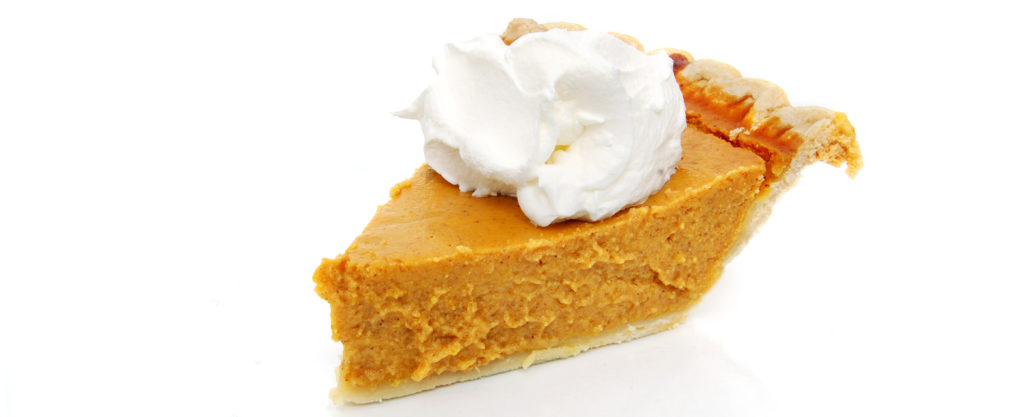If your seasoned revenue optimizers are only focused on guest rooms, who’s going to spice up your hotel’s ancillary revenue sides?
Revenue management for guest rooms has been a staple in creating well-forecasted pricing decisions that allow for revenue growth across the hospitality industry. The number of hotels using an RMS continues to grow exponentially every year, but revenue technology that looks beyond the guest room has been largely left off the table.
Hoteliers must look at the full picture for true profit optimization and not ignore food and beverage (F&B) trends and data in the hospitality industry. F&B can account for up to 50% of some hotels’ revenue and is a largely un-forecasted field, meaning too many hotels are missing out on opportunities to improve labor planning, save costs, and drive incremental profit.
As people embark on their holiday trips and begin traveling again, hotels need the expertise and tools to produce accurate and consistent F&B forecasts. Travelers are breaking bread and celebrating the season—hoteliers must break the cycle of missing revenue and invest in sophisticated F&B planning.
Why F&B Forecasting Is Often Left Off the Menu
Until now, forecasting F&B has been an imprecise process lacking the correct technology for proper analysis for a variety of reasons, making it difficult to track food and beverage trends and data in the hospitality industry.
- Too Many Channels – Methods of calculation can vary for channel of revenue, and with F&B, revenue comes in many forms: catering, room-service, mini bars, restaurants, and more.
- An Excess of Data – The culmination of these channels in F&B can generate up to ten times more data than rooms. This information can be overwhelming to process and understand manually, causing inaccurate decisions.
- Distribution – Those outlets open to the public must deal with the challenges of distinguishing residential (guest) from non-residential (non-guest) revenue. In addition, some F&B services, such as breakfast, are often packaged with rooms or meetings services, making it more challenging to allocate revenue. The same goes for costs, which are often shared among departments.
- Variable vs. Fixed Costs – F&B services tend to be heavy on variable costs such as labor and others, making it harder (and extremely important) to forecast when compared to fixed costs.
- Responsibilities – Accountabilities for F&B forecasting are often either dispersed among departments and positions or stockpiled by one individual with little input from other stakeholders. This has the potential to produce incomplete or inaccurate data and lack of accountability.
- KPIs – Key performance indicators (KPIs) in F&B are more varied and complex than room KPIs. For example, a popular KPI is RevPASH, or revenue per available seat hour, which accounts for revenue, time and capacity but not costs. It’s a complicated set of factors.
These challenges require a solution greater than what a dedicated hotelier can provide. As travel increases, there is a need to shift toward a holistic approach to forecasting and budgeting to unlock the true power of F&B profitability.
A Recipe for More Revenue
As the hospitality world recovers, leaving money on the table is detrimental. Current methods of forecasting F&B can vary results by up to 10%, making the risk of poor planning and imprecise analysis particularly dangerous to hotel revenue. It’s like having all the ingredients to bake a pie but having to guess the measurements.
With the right approach and toolset, hoteliers can spend more time enjoying their holiday season, and less time worrying about missing revenue. The science of revenue management can help with decisions driven by data, technology, and proven methods—rather than by guesstimates. By applying revenue science to F&B forecasting, for instance, hotels can improve planning and menu engineering, optimize pricing and revenue, streamline the forecasting process and reduce food waste, while also becoming more efficient with labor costs.
The results of a total revenue forecasting approach are undeniable:
- More Revenue – By analyzing F&B and ancillary revenues, hotels are engaging in a well-rounded approach to revenue management that uses the entirety of their assets (not just guest rooms) to inform business decisions.
- Increased Profitability – Managing costs and pushing in new revenue increases factorial flow-through.
- Reduced Costs – By maximizing informed decisions, hotels can manage labor, utilities, and purchasing for F&B, reducing unnecessary costs.
- Improved Portfolio Performance – Total revenue forecasting makes it easier for managers to sell to investors and owners, allowing for a growth in portfolio.
- Better Alignment – A total revenue-mindset allows for managers to rise above departmental concerns and focus on the bigger picture.
- Asset Optimization – Total revenue forecasting helps maximize all spaces within a hotel, ensuring no restaurant patron or mini-bar enthusiast goes unaccounted for.
As the world travel levels increase once again, integrating a new system of total revenue forecasting becomes more important than ever. While the process is intimidating, the good news is that many hotels already possess the knowledge and skills to achieve the above results.
In recent years, room revenue management has evolved from tactical to strategic, from static pricing to dynamic pricing, and from rooms revenue to total revenue and profitability. F&B forecasting is the next frontier in tracking trends and complete data in the hospitality industry, and IDeaS has created a novel solution that is transforming the industry.
IDeaS RevPlan is a cloud-based solution that enables revenue managers, hotel leaders, and finance directors to plan and budget using automation and smart focusing. It is unique because its forecasting tracks performance for all facets of your hotel—including each outlet of F&B. RevPlan then provides an unprecedented amount of data and recommendations that allow a hotel to make tactical and data-driven decisions with unparalleled accuracy.
Total revenue intelligence is here and can change the way revenue is configured. Just like your holiday dinner, the meal isn’t complete without that final slice of pie.
